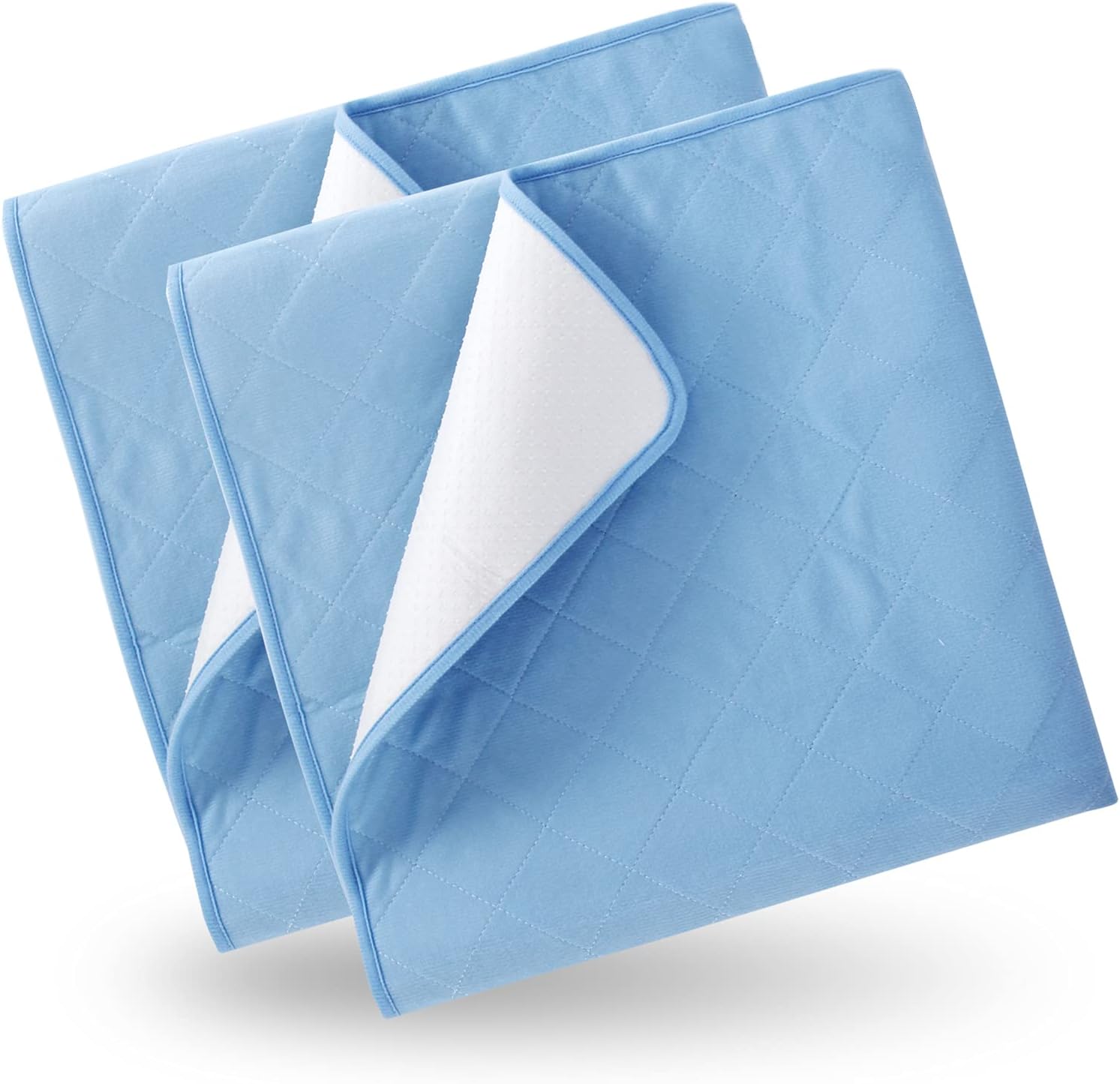When you put baby down to sleep, you want to make sure he's as comfortable and safe as possible. To make baby's crib safe yet comfy, you'll likely keep blankets, pillows ,crib rail cover and soft toys out, and wrap him in his sleep sack before bedtime.
One concern many parents have regarding crib coziness is the hard material the rails are made of. The thought of your little one bumping his head on wood or hard plastic might keep you up at night. Additionally, once his teeth start filling in, he'll begin chewing everything in sight. Soon, he'll be chomping through the guard rails faster than a tiny beaver, and you'll start to worry about splinters or paint chips getting into his already-sore gums.
Many parents turn to soft padded materials, like bumpers and crib rail cover , to ease their worries and theoretically make the crib safer. Don't decide on one of these devices too quickly, though. Do your research to ensure you're actually making a wise decision for your growing child.
Choose safe crib rail cover for your baby's bed.Crib guard rails can keep your baby's gums protected while teething.
Crib bumper pads: Cozy but dangerous
Crib bumper pads are soft barriers that line the inside of the crib. They're designed to add a protective lining to prevent your baby from hurting herself if she bumps her head or gets her arms or legs stuck between the slats. Despite this intention, the American Association of Pediatrics strongly recommends against using these devices.
The AAP initially raised concerns about crib bumpers in 2005, noting that certain models could increase the risk of SIDS (sudden infant death syndrome). Six years later, the AAP revised their stance, stating that cribs should not be outfitted with bumper pads at all, regardless of their materials of construction or texture, CNN reported.
Sleep-related infant deaths have decreased since the AAP first recommended that babies sleep on their backs in 1992, but fatalities related to suffocation, entrapment and asphyxia increased in that same timeframe. The culprit in many cases was the crib bumper pads.
When a baby's limb gets caught between a crib slat and the secured pad, it's hard for her to get free. Similarly, when an infant rolls too close to the pad, her airway can become blocked.
The AAP also addressed what the bumper pads are intended to do: prevent minor injuries that result from a bump on the head. Bumps and bruises pale in comparison to the potentially very serious consequences of soft padded walls on the crib.
crib rail covers: Protect your baby's gums
Unlike bumpers, crib rail covers are secured at the top of the crib, above your child's sleep environment. Because of this,crib rail covers are much safer than bumpers.
They also serve a different purpose. Rather than protecting against bumps and bruises, rail covers protect your teething baby's gums from the paint, wood or other materials the crib is made of. (It also protects the crib from you baby's gnawing nature).
While they're generally deemed safe, it's important to carefully choose yourcrib rail covers to make sure the ones you choose don't pose any problems. If you opt for guards that tie into place, make sure the ties never hang low enough for baby to grab. A strong tug could cause the guards to come loose and fall into the crib and become just as dangerous as any other pillow-like objects. Seek out ties that are nine inches or shorter.
Steer clear of crib rail covers with cute buttons; should these come loose and fall into the crib, they'll pose a choking hazard. Snaps are safe, but if your crib has curved or thick rails, they can be tough to keep secured.
Since your baby will likely try to ease her aching gums by chewing on the crib rail cover, make sure it's made with a durable, washable material, and ideally one with a waterproof backing to protect it from all the drool (you'll be surprised as to how much drool your baby will produce).



